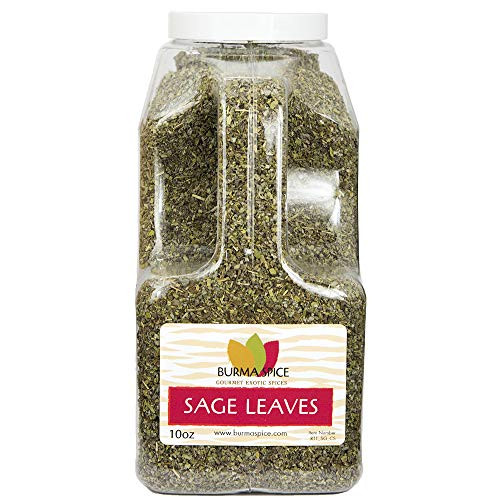Sage is a common ingredient outside the U.S., prized for its minty, almost peppery taste and fragrant aroma. The herb â" which is part of the mint family â" is a key herb in pork sausage, saltimbocca, and poultry stuffing.
Rubbed sage is dried sage that has been rubbed between two objects (most frequently oneâs hands). This unique production process creates a fine, fluffy powder thatâs more flavorful than broken leaf. In fact, rubbed sage powder has an almost fuzzy appearance, and itâs revered for its bold, pine-like flavor.
Sage belongs to the mint family, along with peppermint and spearmint. And itâs known officially as Salvia officinalis. The most common varietal used for culinary use is common sage.
Like most herbs, sage is one of the first to sprout in spring and has a short growing season. Itâs usually blooms by the first weeks of summer, producing a beautiful violet blossom. In fact, itâs a popular spring ornamental throughout the world.
Sage likes cool weather and thrives in the Mediterraneanâs mountainous regions. The plant grows oblong leaves and resembles a peppermint plant. Yet, the leaves of the plant are dusty gray or bluish and covered with a soft fuzz.
Today, the Balkans produce the majority of the worldâs sage. Albania, Croatia and Bulgaria are leading producers. And itâs farmed, as well as wild harvested throughout the region.







